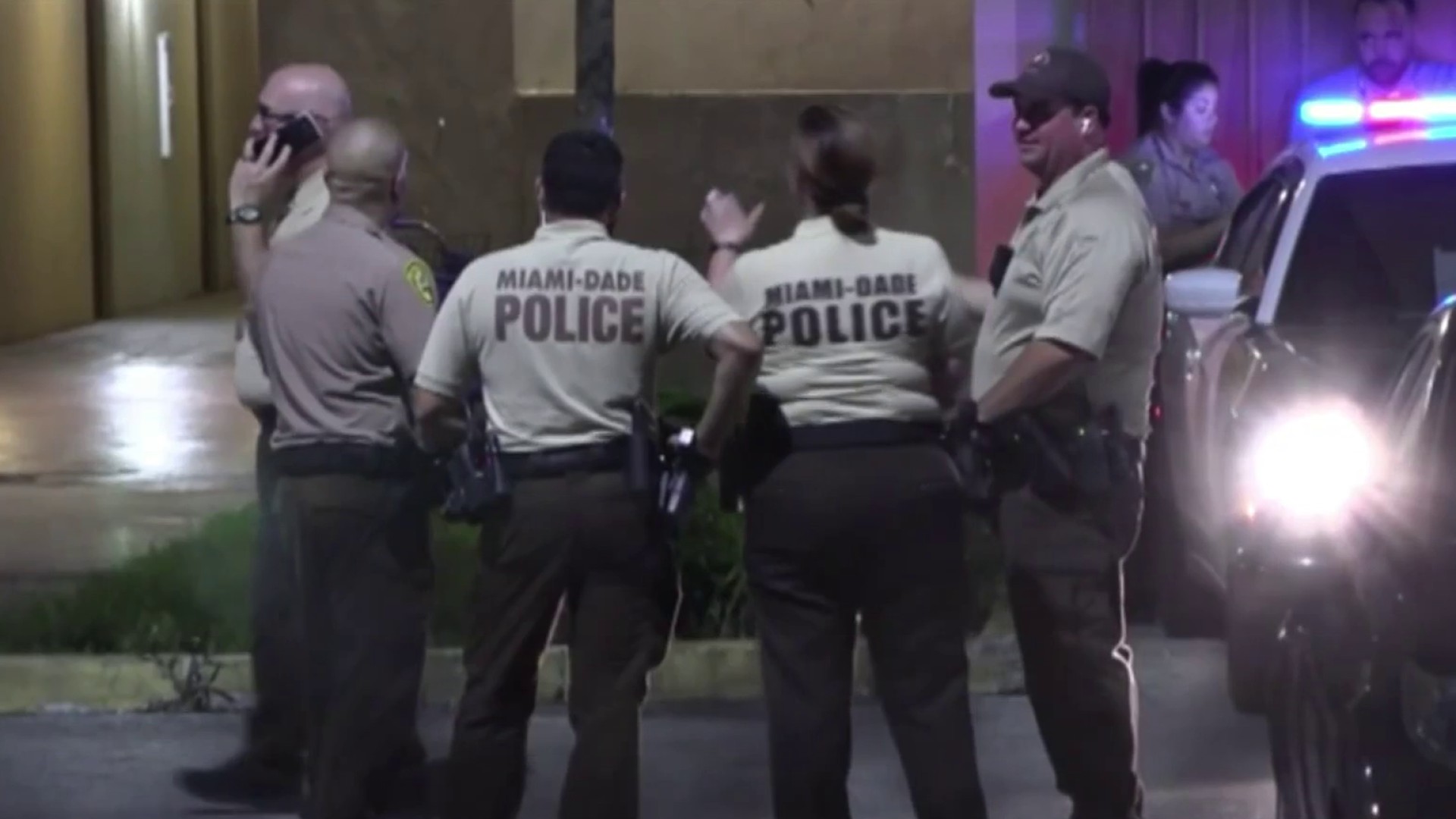In the age of Instagram and Facebook, it’s only natural that people will use their smartphones to document the first solar eclipse visible from the continental United States since 1979. As such, the National Aeronautics and Space Administration (NASA) has some tips and tricks on how you can capture an interesting photo of the celestial event.
Smartphones weren’t designed for moon or sun photography, NASA says, but with some creative tweaks, you can still snap a vibrant photo of the eclipse. The first thing to keep in mind is, of course, safety.
Protect your eyes and your phone’s camera lens
Human beings should wear ISO-certified solar glasses to watch the eclipse -- and so should your phone. NASA recommends purchasing a solar filter for your phone to prevent your camera lens from burning out. You can also create a DIY filter by taping a pair of solar glasses to your phone’s camera lens.
The only time it will be safe to look directly at the eclipse is at the moment of totality, or the moment when the moon completely covers the sun. At that point, you can remove your glasses and the phone’s solar filter for the brief moment that totality lasts.
South Florida won’t see the full solar eclipse phenomenon, but we will see a partial eclipse. This means that we won’t see the moon completely cover the sun, but we will see it cover about 80 percent of the sun. That said, if you’re photographing the eclipse from South Florida, it's a good idea to keep your glasses and solar filter on at all times. “NASA makes no recommendations about how to safely photograph the partial eclipse phases because of the huge number of optical filter and camera models that may potentially be used and often with unsafe outcomes,” the organization said.
Use a tripod
Local
Using a tripod will keep your camera steady and help set the angle of the shot before you begin shooting.
Adjust your focus and refrain from zooming
Most cameras come equipped with an autofocus feature, but that won’t suffice if you want to take a crisp photo of the eclipse. You can manually adjust the focus on your camera by pressing and holding down on your screen until a sun icon appears with a meter next to it. You can drag the meter up and down to darken or lighten the exposure. Center the focus spot on the edge of the moon and don’t rely on the zoom feature on your camera. Zooming this way is likely to make the image grainy or pixelated. Instead, NASA recommends investing in a zoom attachment, which cost anywhere from $20 - $40. The zoom attachment will enlarge the image up to 12 to 18 times, possibly even letting you capture details in the moon.
Use a delay timer
To reduce vibration and an ultimately blurry photo, NASA suggests using a delay timer “so that once you press the exposure button, the camera waits 5 seconds before taking the shot.”
“That gives your camera/tripod/clamp system plenty of time to settle down and produce vibration-free images.”
Capture what’s going on around you
While the eclipse will be a monumental event in and of itself, watching with friends and family will make the experience all the more memorable. Capturing their reactions with the partial eclipse in the field of view is another way to go, and might make for an interesting photo layout.
Know when the eclipse will be visible
Here is when the partial eclipse in South Florida will start, according to the National Weather Service:
West Palm Beach: 1:25 p.m.
Fort Lauderdale: 1:26 p.m.
Miami: 1:27 p.m.
Here’s when the moon will cover most of the sun in South Florida:
West Palm Beach: 2:57 p.m.
Fort Lauderdale: 2:57 p.m.
Miami: 2:58 p.m.
For more information on smartphone photography during the eclipse, click here.



